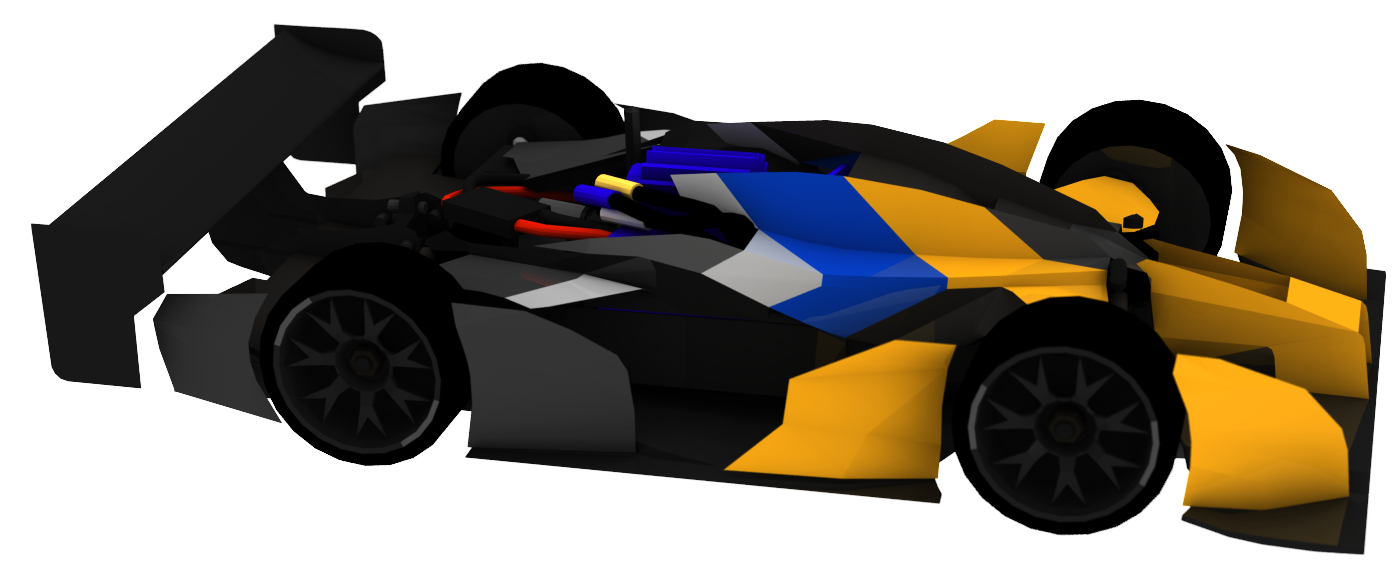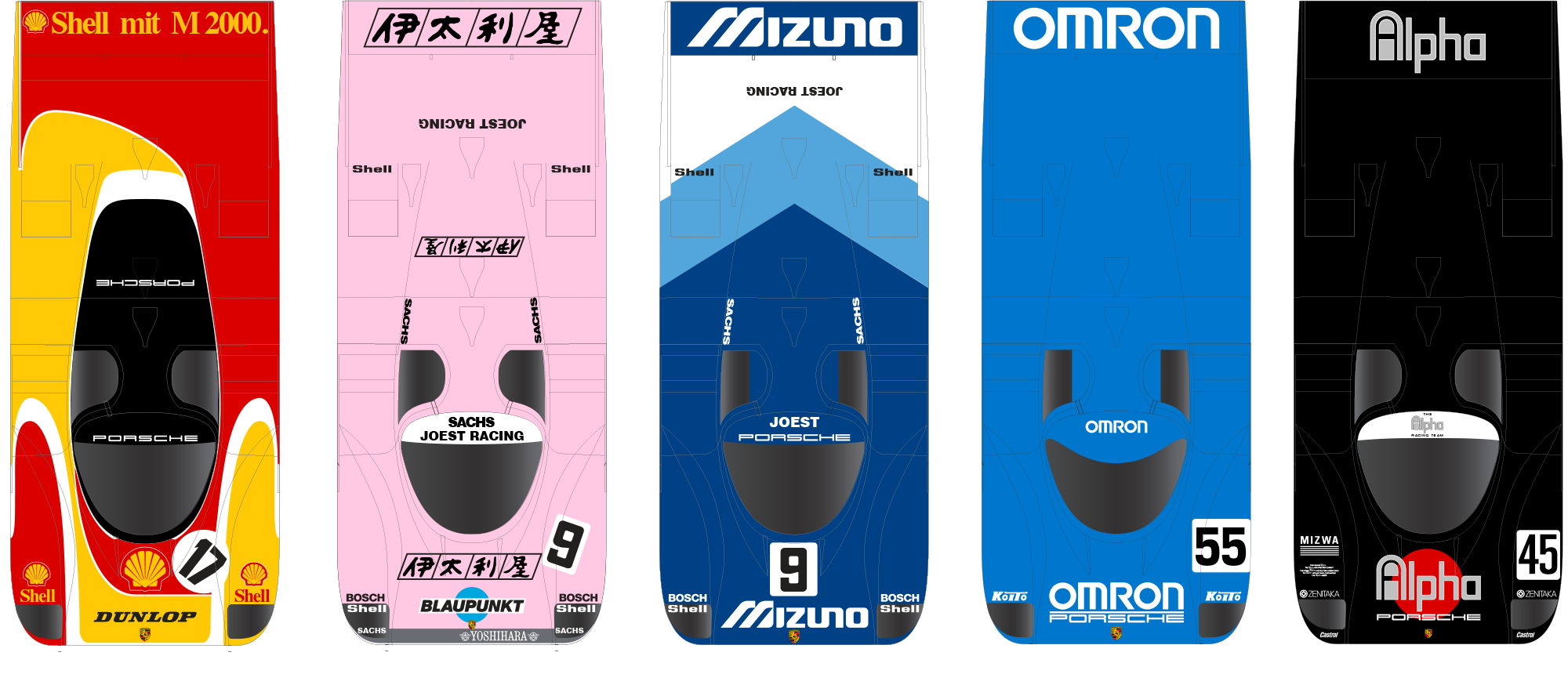After building a new front wing mount I was inspired to make the rXA design a bit more radical. Perhaps a driverless, drone-bot race vehicle. Bodywork is purely about moving through the air...
More »Working on an idea for long 'tusks' on the nose of the rXA, I realized I might be able do away with the entire standard Traxxas front bumper and mounting assembly and replace it with a bracket and beam setup (similar to the latest LMP wing mount).
More »The ultra-minimal car concept is something I've been working on for a while. Functionally, this body design deals mostly with reducing the drag of exposed chassis components, directing cooling for the ESC and motor, and ensuring good airflow through the front and rear wings. I also want it to be easy and quick to fabricate, so the shell needs a minimum of panels and parts; no enclosed volumes, no roof, fenders, etc.
More »Following all the detailed research, technical drawings, and the master CAD model development comes the finishing work re-creating and applying all the graphics for the various versions of the cars to the kit's flattened parts.
More »A round of refinements tightens the GTR coupe bodywork to a more aggressive and more coherent form language. Nearly every surface of the original concept model has been changed; curved shapes are pulled more taught and angular, simple angular intersections are now radiused to help them flow. The interplay of these forms also creates a stronger connection between the GTR and its cousins, the LMP prototype and ARX off-roader.
Prototyp models began in late-2000 as a project inspired by some great papercraft designers and their kits Yasu Tanaka, Oniya, and Hitoshi Shinozaki aka Saurus One. This was a time when literally all of my design work existed only in virtual form on the web, and I wanted to create an opportunity to produce something tangible.
More »The undertray and inner core armature are the last major pieces of model design work for the "curbside" versions of the 962. The design work for these parts has been long and tedious as they have to fit around the internal mechanical details if I do full-detail chassis version.
More »To take full advantage of aerodynamic downforce, the chassis needs to provide a rigid foundation for the wing to act on. Previous iterations of my wing mount were prone to flexing. Throw in a crash or two and they would eventually fail entirely.
More »Prototyp is celebrating its fifteenth birthday with what is effectively a re-launch: a completely new website, new model designs, and new project cars. All of which deserve a new graphic theme and a new logomark.
More »The 1/16 Traxxas VXL is one of very few rocker-arm-suspension R/C chassis available, but even this compact layout still brings a major challenge to creating low-drag, low-frontal-area body designs. The lowest and narrowest possible roofline is defined by three critical components: set high and wide across the middle of the chassis are the receiver box on the left, the Velineon 380 motor, and the speed controller and its chunky motor wires on the right.
More »The 2003 Bentley Speed 8 was created specifically to win Le Mans. It was the culmination of a several-year effort by the team and designer Peter Elleray. Not until many years later would some of the aero trickery emerge from its shroud of mystery under the menacing bodywork.
More »This is the second test build for the late-era 962 body. While having many various refinements and more detail than the first build, it's still a very scruffy one intended to reveal changes and modifications that need to be made.
More »This first release of 962 models will be a selection of cars run at 1988 through 1990 Le Mans 24 Hours. All were running the later "M1.7" watercooled update and, with exception of the Alpha car, raced in the low-downforce "longtail" configuration specific to Le Mans.
More »














